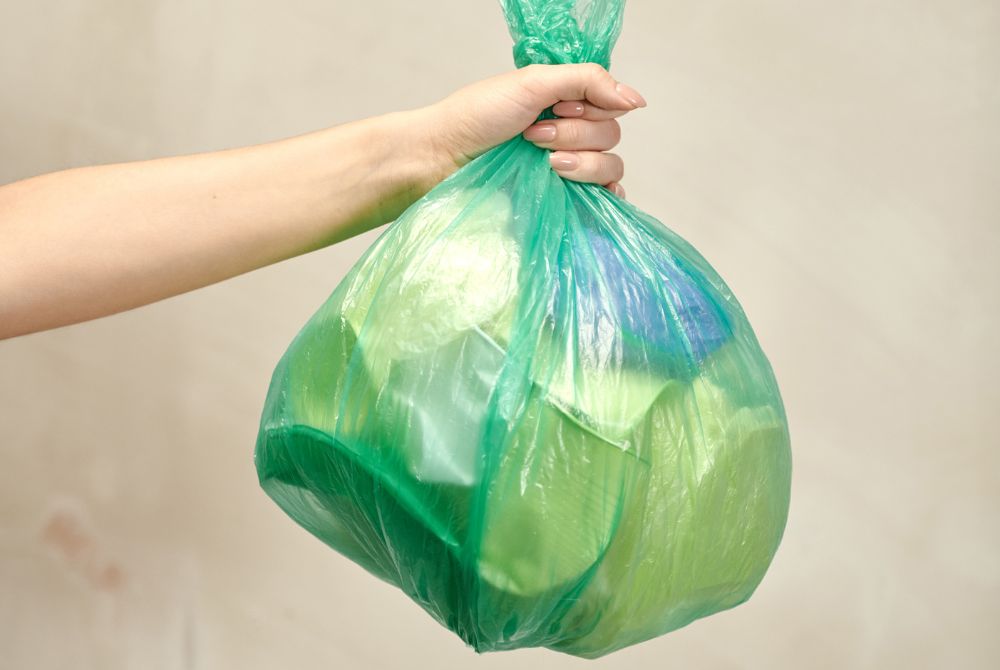
From plastic bottle caps and aluminum cans to discarded food wrappers and used glass jars – there’s no denying that trash is everywhere, from the street corners of our cities to the remotest parts of our planet. We all know too well the potential hazards it poses for human health and environmental wellbeing, but how much do you really know about this ubiquitous material? Here are 6 facts about trash that will both surprise and enlighten you!
The average person produces 4.4 pounds of trash per day
The amount of garbage that the average person produces per day is staggering – 4.4 pounds! That’s hundreds of pounds of trash produced annually, on top of what already exists in our landfills and oceans. It can be hard to know where to start if one wants to reduce their contribution to this overwhelming problem. However, it doesn’t have to be difficult; there are plenty of small changes that can add up quickly. One easy way is replacing single-use disposable products with reusable items like metal or glass containers, or bags made from natural fibers. Also recycling paper products, plastic, and metal cans whenever possible adds a huge dent in the waste that gets thrown away. Simple lifestyle choices can make a major difference and help reduce the 4.4 pounds we generate each day!
Less than 25% of the waste produced in the US is recycled
Despite the best efforts of environmental conservationists and initiatives to reduce, reuse, and recycle, it is concerning to note that less than 25% of the waste produced in the US is recycled. This means that most of our garbage is sent out to landfills or incinerators where it releases hazardous chemicals into the air, as well as impacts our environment. On top of this, scientists have calculated that trillions of dollars are being thrown away every year due to improper management of resources like water and energy. The key is finding effective ways to reduce waste production while improving sustainability practices such as composting and recycling. As a society, we must all work together to create a more sustainable future for us and subsequent generations.
It takes 500 years for a plastic bottle to decompose
When considering the idea that it takes 500 years for a plastic bottle to decompose, it is difficult to fully grasp how long this is. To put this time frame into perspective, five centuries’ worth of major world events have already come and gone since the 1500s, as well as countless minor changes and discoveries. In effect, we are throwing away debris that will be around long after our own lifetimes – these items still exist while humans continue on with our lives and those of past generations are completely forgotten. It’s a humbling reminder of our fragility; nothing we do in life is literally set-in-stone in terms of the physical evidence it leaves behind – but plastic…that never goes away.
Styrofoam can take up to 1 million years to decompose
Styrofoam is a widely used product, but the amount of time it takes to decompose is shocking. It takes nearly 1 million years for Styrofoam to break down and disappear, polluting the Earth with materials that are largely composed of hazardous chemicals. This not only affects the environment on land, as it can easily make its way into oceans and other bodies of water. Unfortunately, due to its durability and affordability, Styrofoam continues to be a popular form of material which directly contributes to littering worldwide. Everyone should be aware of this issue and the importance of recycling or repurposing Styrofoam when possible in order to reduce landfill waste and keep our planet clean for our future generations.
There are over 5 trillion pieces of plastic floating in the ocean
The ocean is an integral part of our natural environment, and it’s incredibly concerning that over 5 trillion pieces of plastic has been allowed to pollute it. Reports suggest that the amount of plastic pollution in the oceans has grown exponentially in the past several decades, and if nothing is done to confront this problem, the future of marine life could be jeopardized. Not only does this pose a huge threat to communities who rely on livelihoods from fishing or tourism, but we are all affected when our environment suffers. It’s important that we all do our part to reduce plastic waste by recycling plastic materials, bringing reusable bags to the store and abstaining from single-use plastics as much as possible. With careful action, we can restore balance in our beautiful oceans.
Americans use 2,500,000 plastic straws every day
Americans are undoubtedly one of the biggest contributors to the use of plastic straws around the world. According to studies, Americans use an estimated 2.5 million plastic straws every day, which totals up to nearly 1 billion straws each year. Although these numbers may not seem significant at first glance, if we take into account that those figures don’t include global usage numbers, this means that our world has a big problem with single-use plastics. Fortunately, many organizations have taken it upon themselves to reduce their single-use plastic by promoting or producing reusable alternatives or banning plastic straws altogether. The public must join in as well and make a conscious attempt to reduce individual plastic straw consumption or seek out sustainable solutions instead.
Reduce consumption to reduce waste!
Together, we can do better at reducing our reliance on single-use items and recycling the materials we do use. However, change starts with each individual doing their part. You can make a difference by being more conscious about the amount of waste you produce and recycle as much as possible. What small steps will you take to reduce your impact on the environment?




